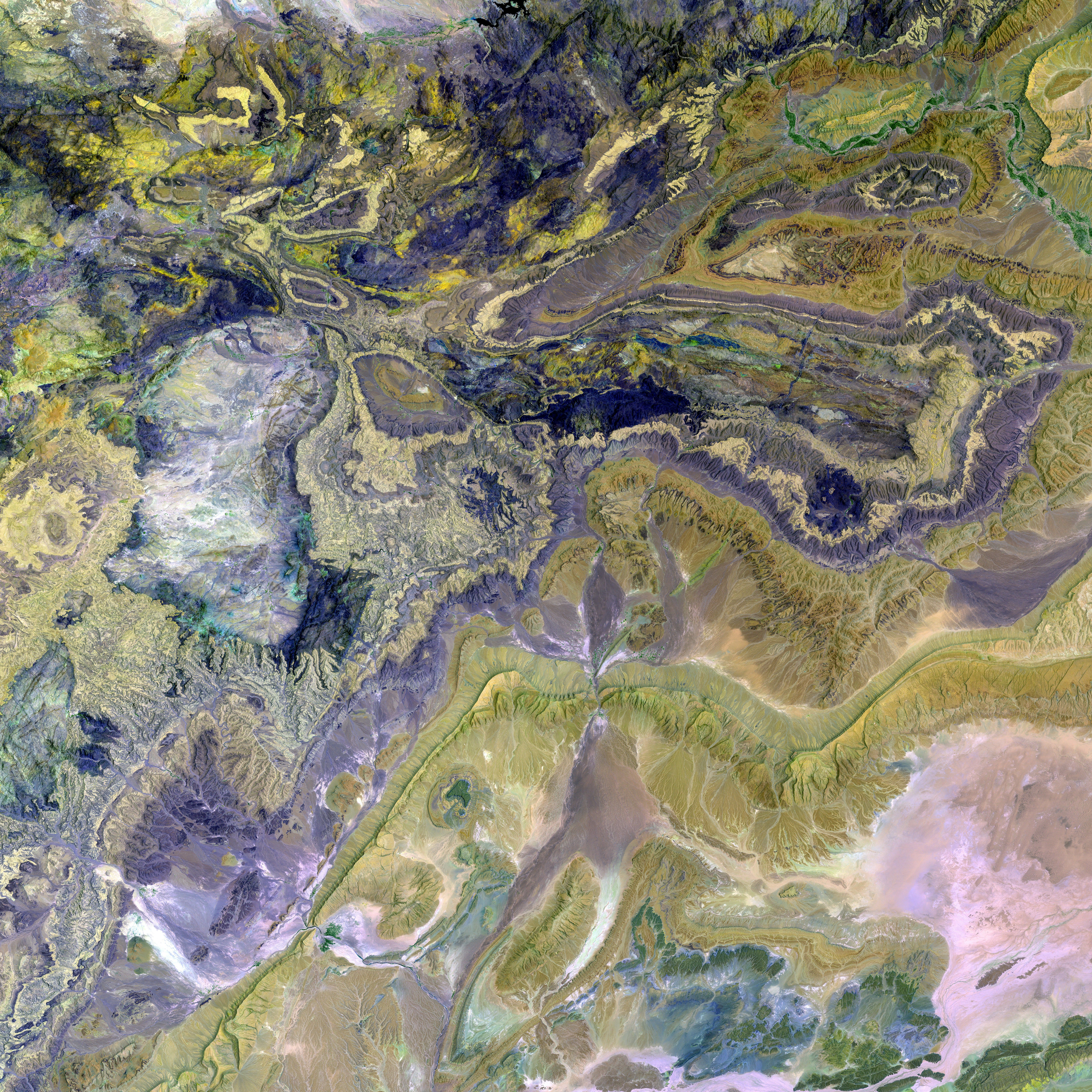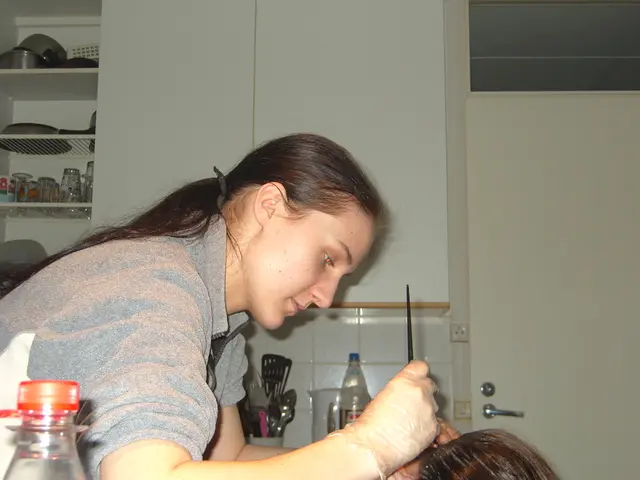Rapid, severe rosacea: Understanding causes, signs, and remedies
Rewritten Article:
Rosacea Fulminans, also known as Pyoderma Faciale, is an uncommon, serious form of inflammatory skin disease. Characterized by sudden onset and primarily affecting the central part of the face, this condition presents as painful, swollen nodules and pimples with a rapid progression, distinguishing it from regular rosacea or acne.
Suffering females of childbearing age are most susceptible to this condition, although the root cause remains a mystery.
Treatment may involve corticosteroids, isotretinoin (Accutane), stress management, and possibly dietary modifications.
What's Behind Rosacea Fulminans?
The precise cause of Rosacea Fulminans is yet to be discovered. Nonetheless, a 2020 review suggests several possible links, including inflammatory bowel disease and pregnancy, as well as a higher likelihood of occurrence among those with previous rosacea history. Stress, hormonal fluctuations, and certain medications could potentially trigger this condition.
A 2021 literature review indicates that specific dietary factors may exacerbate or initiate rosacea symptoms, although this observation isn't limited to rosacea fulminans.
Usual suspects among dietary triggers include spicy foods, alcohol, cinnamaldehyde-rich foods (like chocolate, tomatoes, and citrus fruits), histamine-rich foods and beverages (aged cheese, processed meats, wine), and hot drinks. It's essential to note that individual sensitivity varies significantly, so healthcare professionals do not typically recommend universal dietary recommendations for rosacea patients.
A Visual Guide to Rosacea Fulminans
Symptoms of Rosacea Fulminans predominantly manifest on the forehead, nose, cheeks, and chin. They may include:
- Sudden, severe redness
- Painful pustules, papules, and nodules that can merge
- Swelling and inflammation
- Flushing and blushing
- Stinging and burning
People might experience ocular symptoms such as dry, burning, or itching eyes, and light sensitivity in some cases. Fever and fatigue are extremely rare.
Tackling Rosacea Fulminans: Treatment Options
Treatment may consist of oral isotretinoin, a prescription acne medication, and corticosteroids (either oral or topical). Antibiotics combined with corticosteroids and lifestyle changes were shown effective in a 2016 case study.
Identifying and avoiding triggers might be suggested by healthcare professionals as part of a comprehensive treatment plan. This could include:
- Managing stress (through mindfulness meditation, deep breathing exercises, regular exercise, journaling)
- Dietary adjustments (reducing alcohol consumption)
- Using gentle skin care products
By combining these strategies with medical treatments, people with rosacea fulminans may find improved symptom management and a better overall quality of life.
When to Seek Professional Help
If individuals experience symptoms beyond typical rosacea or acne (e.g., large, tender nodules, abscesses, significant facial discomfort), have a sudden onset of symptoms, or notice eye irritation or inflammation, consulting a dermatologist or another healthcare professional is recommended.
Acting promptly ensures an accurate diagnosis, effective treatment, and reduced risk of complications, such as scarring and infections. Addressing any emotional distress at an early stage could also lead to improved overall quality of life for affected individuals.
Reach out to a dermatologist or another healthcare professional for personalized care and guidelines tailored to your specific circumstances and needs.
Miscellaneous Insights
Potential dietary triggers for rosacea fulminans aren't well-documented, but general insights about rosacea and related severe acne conditions can offer pertinent clues. Alcohol and food allergies or sensitivities may play roles as triggers. Understanding your personal dietary triggers and working with your healthcare provider to manage them can help alleviate your symptoms.
- Rosacea Fulminans, a severe form of inflammatory skin disease, affects the central part of the face and is characterized by sudden onset, painful, swollen nodules, and rapid progression.
- Stress, hormonal fluctuations, and certain medications could potentially trigger Rosacea Fulminans, especially in women of childbearing age, although the exact cause remains unknown.
- A dermatologist or healthcare professional might suggest identifying and avoiding triggers, such as managing stress, dietary adjustments, and using gentle skin care products, as part of a comprehensive treatment plan for Rosacea Fulminans.
- Individual sensitivity to certain foods varies significantly in rosacea patients, so healthcare professionals do not typically recommend universal dietary recommendations; however, potential dietary triggers for severe acne conditions, like rosacea fulminans, may include alcohol and food allergies or sensitivities.








